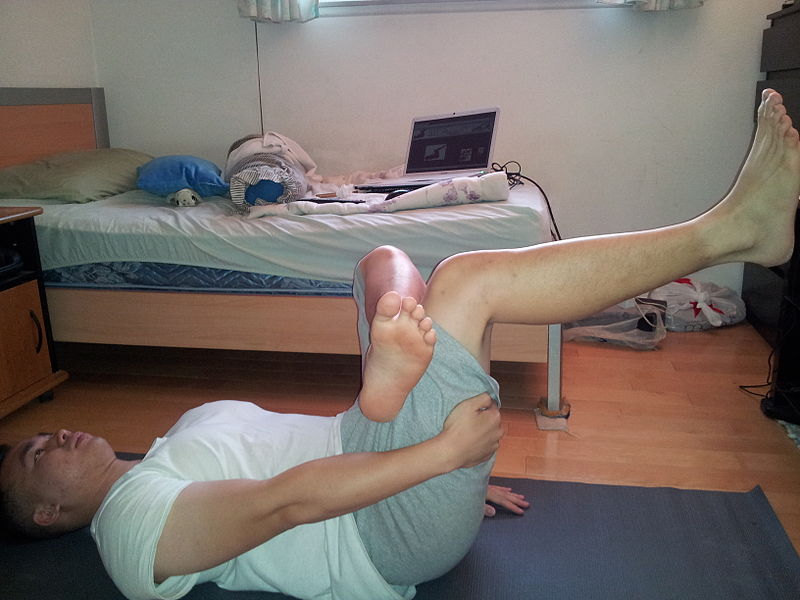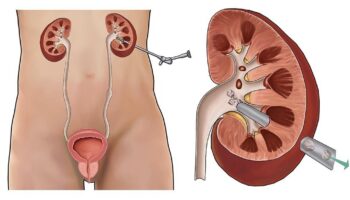Piriformis syndrome is a common complication affecting the piriformis muscle, causing spasms and persistent buttocks pain. It can also affect the sciatic nerve causing disruptive symptoms such as tingling, pain, and numbness on your legs, feet, and hips. Fortunately, you can recover from the condition through some medical interventions offered by Newtown piriformis syndrome specialists at Performance Pain and Sports Medicine. Your customized care plan can involve conservative and minimally invasive treatments like the highlighted below.
Steroid Injections
Take medicines that are not inflammatory to help you decrease pain in the affected area in the body. If the pain persists and proves to be too much for you to bear, you can take over-the-counter prescribed drugs such as naproxen or ibuprofen, non-steroidal medications. You can find them in the nearest pharmacy around your area, so you should not be in pain.
Botox Injection
You can only be injected with this type when corticosteroid and anesthetic injection fails to work for you. This happens when your piriformis spasm becomes resistant due to persistent use of those injections. However, Botox injections can be used as the only option for you to relax your muscles from pain as it acts as an agent for weakening your muscles. This injection aims to help you cut your pressure level on your sciatic nerve leaving your muscles stretched and improve your physical state.
Rest and Ice Therapy
This will help you to relieve pain brought about by piriformis syndrome. Resting your body is an effective way of healing your body from injuries as it acts as a universal reliever for all types of harms that your body may encounter. On the other hand, ice helps you to freeze your affected muscles for quick recovery. It will help you apply it immediately after involving in activities that leave your muscles in pain.
Piriformis Injection
There are different injections for piriformis syndrome, such as corticosteroid and local anesthetic. These two injections might be injected directly into your piriformis muscle without causing any harm. They assist you in reducing pain that you always feel and spasm. However, the purpose of the injection is to decrease acute pain that you experience after injury to enable you to advance in your physical treatment.
Heat Therapy
Have you ever tried alternating cold with heat to your injured muscle? This can help as heat from a hot compress increases blood circulation in your body, thus stimulating healing to your wounded part of the body. Also, you can use a heating pad to the painful area, and your pain will disappear after some time. However, do not sleep with a heating pad as it can cause skin burn.
Exercise Regularly
Stretches and exercise programs will help you relieve your muscle pain from several different positions. The different number of stretching exercises for hip extensor muscles and piriformis muscles help reduce painful symptoms that improve the motion of your hips. Stretching exercises that will help you recover from piriformis muscle problems include knee to chest, 4-point, cross-body, and supine piriformis stretch.
Indeed, these interventions will restore your health. Suppose you have symptoms and want to be enlightened about piriformis syndrome treatment, contact Performance Pain and Sports Medicine today for assistance.





